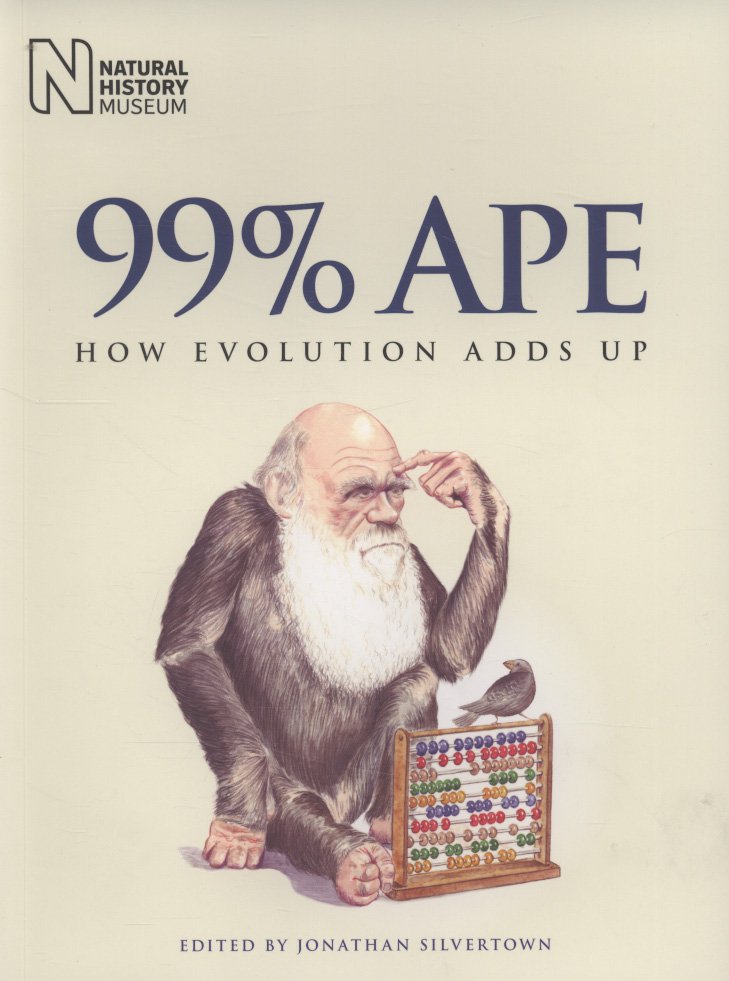Filters
Clear allSubject
- Careers (655) Apply Careers filter
- Climate Change (87) Apply Climate Change filter
- Computing (282) Apply Computing filter
- Creative arts and media (12) Apply Creative arts and media filter
- Cross curricular (434) Apply Cross curricular filter
- Design and technology (1395) Apply Design and technology filter
- Engineering (815) Apply Engineering filter
- Food Preparation and Nutrition (104) Apply Food Preparation and Nutrition filter
- Health and safety (6) Apply Health and safety filter
- Leadership (31) Apply Leadership filter
- Mathematics (942) Apply Mathematics filter
- Personal development (41) Apply Personal development filter
- Psychology (39) Apply Psychology filter
- Space (49) Apply Space filter
- STEM Ambassadors (43) Apply STEM Ambassadors filter
- STEM Clubs (63) Apply STEM Clubs filter
Age range
Type
- Activity sheet (2090) Apply Activity sheet filter
- Article (625) Apply Article filter
- Assessment (78) Apply Assessment filter
- Audio (69) Apply Audio filter
- Data set (24) Apply Data set filter
- Demonstration (151) Apply Demonstration filter
- Diagram (4) Apply Diagram filter
- Experiment (379) Apply Experiment filter
- Game (53) Apply Game filter
- Group work (59) Apply Group work filter
- Image (142) Apply Image filter
- Information sheet (550) Apply Information sheet filter
- Interactive resource (161) Apply Interactive resource filter
- Lecture (6) Apply Lecture filter
- Open-ended task (32) Apply Open-ended task filter
- Poster (88) Apply Poster filter
- Presentation (615) Apply Presentation filter
- Quiz (34) Apply Quiz filter
- Research (586) Apply Research filter
- Self assessment (33) Apply Self assessment filter
- Simulation (4) Apply Simulation filter
- Teacher guidance (2858) Apply Teacher guidance filter
- Textbook (388) Apply Textbook filter
- Video (1192) Apply Video filter
- (-) Remove Include Physical Resources filter Include Physical Resources
Showing 22136 results
This Association for Science Education (ASE) publication about extracting metals from scrap was developed in association with ECR Ltd. This was a secondary copper refining company which was first established in Birmingham in 1807. Its origins could be traced back to...
This Association for Science Education (ASE) publication about properties of metals was developed in association with the British Aerospace Dynamics Group. At the time the Dynamics Group employed over 20,000 people at ten major design/production establishments...

We share 99% of our genes with apes and even 66% with a tasty grape. In 99% Ape leading experts provide a clear and accessible guide to arguably the best idea that anyone has ever had, evolution by natural selection...
This item is one of over 25,000 physical resources available from the Resources Collection. The Archive Collection covers over 50 years of curriculum development in the STEM subjects. The Contemporary Collection includes all the latest publications from UK educational publishers.
This resource gives a general introduction to cosmology; the branch of science that studies the Universe and attempts to explain how it came...
This resource provides a general introduction to the Universe starting with the solar system and ending with the way that galaxies are arranged in patterns, the large scale structure of the Universe. The presentation is light on facts, however it aims to introduce general concepts and give a sense of scale to the...
A Catalyst article about Darwin's beetle collection - an early step in his scientific career. Beetle-collecting was something of a craze in the early 19th century; at the same time, scientific understanding of these creatures grew rapidly. The well illustrated article looks at Darwin's work in this field.
...
This poster, from the Science and Technology Facilities Council, celebrates 100 years since two scientists in the UK pioneered a technique for crystallography.
Crystallography uses x-rays to create a diffraction pattern to examine the atomic structure of crystals. The poster explains Bragg’s Law, which...
A Catalyst article about how the scanning by an electron microscope of pollen grains shows up their structure, and can help scientists understand why some people suffer from an allergic reaction - hay fever. The article describes how the images were made and how they are used in scientific research.
This...
The aim of the Children’s Learning in Science Project (CLIS) was to discover how to use a constructivist approach to teach selected topics, and translate this into materials which could be used by teachers.
These are...
Published in 2006 by the Scottish Government, this report looks at the progress towards a Curriculum for Excellence. It was designed to present ideas and stimulate discussion between stakeholders in education within Scotland.
The Curriculum for Excellence considers how and what children and young people...
This animated clip explains how Mercury rotates in around 59 Earth days to rotate but only takes 88 Earth days to orbit the Sun (the length of its year). So Mercury spins three times for every two orbits, which means each Mercury day lasts for two Mercury years. This means, living on Mercury, you would celebrate...
This resource provides a cross-curricular design and technology project aimed at primary children. Linking to work on the forces and balance children build and test sculptures in small groups. They also discover more about the work of mechanical engineers throughout the lessons. The first lesson introduces the task...
This Nuffield Primary Science book is for use with the Variety of Life topic. It consists of 11 colourful, and highly illustrated, double-page spreads aimed at students aged 5-7:...
This Nuffield Primary Science book consists of 11 colourful, and highly illustrated, double-page spreads aimed at students aged 5-7:
...
